Starring: Patrick Macnee, Diana Rigg, Terrence Alexander, Patrick Newell, Juliet Harmer, Alan McNaughten, and Jeremy Burnham
Director: Roy Ward Baker
Rating: Eight of Ten Stars
When several of their collegues vanish while investigating odd happenings in a small sea-side village, top government agents John Steed (Macnee) and Emma Peel (Rigg) are sent there undercover to determine their fates.
When several of their collegues vanish while investigating odd happenings in a small sea-side village, top government agents John Steed (Macnee) and Emma Peel (Rigg) are sent there undercover to determine their fates.
"The Town of No Return" was the inaugural episode of the fourth season of "The Avengers", and it marked a change in direction and tone for the series. The character of John Steed had been evolving since the second season, from a trenchcoat-wearing tough guy to an eccentric, bowler hat wearing, fey throwback to an earlier age--and that transformation was complete now. With Steed's final metamorphosis also came a lighter tone for the series overall.
The biggest change to the series, however, is the debut of Diana Rigg as Mrs. Emma Peel, the first steady partner Steed had had since he was made the lead character of the series during the second season. Mrs. Peel was introduced without much fanfare, with a sense that her and Steed had bene acquainted for some time and had possibly even worked together in the past. They seem well aware of each other's strengths and limitations. It's a nice in media res approach that gets things going quickly and gives the sense to viewers that we are about to embark on a dangerous mission with a pair of seasoned, capable secret agents. (And although Mrs. Peel is new to the viewers, we are swiftly introduced to her background and varied skillset through her banter with Steed and the friendly fencing match they engage in, right there in her living room. Not only do we see how physically capable Peel is, but their conversation reveals that she regularly publishes papers in scientific journals.)
We are further introduced to Mrs. Peel's talents for investigation and undercover work once she and Steed arrive in the titular Town of No Return, a strangely sparsely inhabited sea-side village where the inhabitants are decidedly unfriendly and the inn keeper (Terrence Alexander) is entirely too friendly, as she poses as a teacher sent by the Department of Education to help the local school. We also get to see Steed being absolutely coldhearted and brutal--and while he rarely kills on screen, some of his interactions with villains in this episode leaves no doubt that he could do so. All-in-all, this a great introduction to a pair of characters who compliment each other, portrayed by an actor and actress who work well together and have great onscreen chemistry. Macnee and Rigg make Steed and Peel seem absolutely believable as friends and colleagues who are dedicated to each other and their jobs as government investigators and, well, avengers.
This first episode is also a prime example of what makes this series so much fun. Like all the best episodes, the action and the plot is almost secondary to the witty banter and friendly flirtations between Steed and Peel, and the comedic elements of the show exist easily alongside a growing atmosphere of dark mystery and deadly danger--with each augmenting and heightening the effectiveness of the other. Since this episode is directed by Roy Ward Baker, who was an expert at generating suspense and terror on the screen, it is not surprising that the air is thick with tension and mystery as soon as Steed and Peel arrive in the village.
Like many episodes in Season Four of "The Avengers"--including some of the best ones--the plot of "The Town of No Return" comes apart if you examine it closely, but the ride you're on is so much fun that you shouldn't feel a need to think about the pure nonsense of pieces that don't quite fit. (At the risk of spoiling the episode for you, I will say that the one part that bothered me is that the fate of the villagers who are replaced by the invaders is not fully explained to my satisfaction. Are they all dead? Are they imprisoned somewhere? It seems reasonable that they're dead, but I would have liked to know one way or the other, even if it might have made the show much darker.)
"The Town of No Return" opens a chapter of greatness for "The Avengers"... and it opens it on a powerful high note. It is a classic bit of 1960s gonzo spy action, and it's well worth checking out.
"The Town of No Return" opens a chapter of greatness for "The Avengers"... and it opens it on a powerful high note. It is a classic bit of 1960s gonzo spy action, and it's well worth checking out.

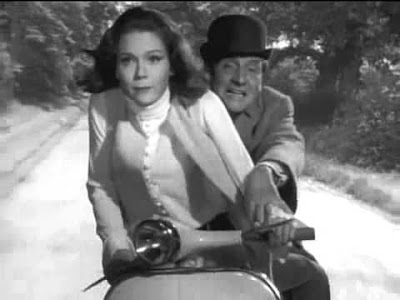
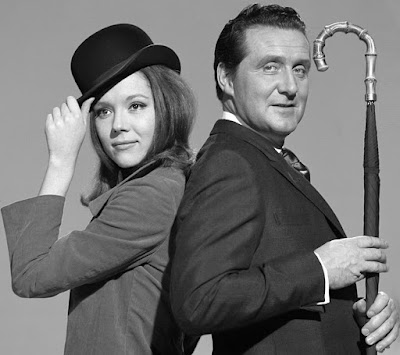



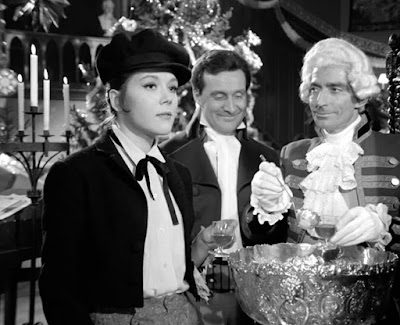

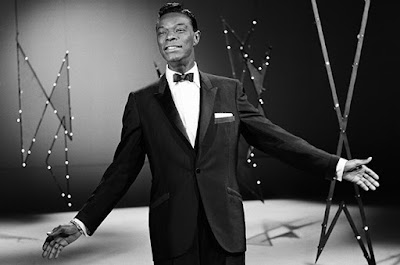






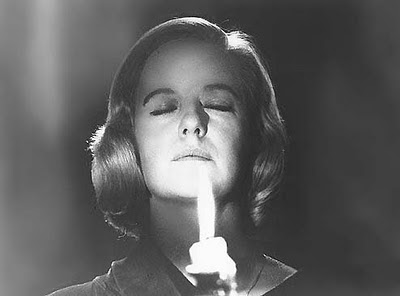


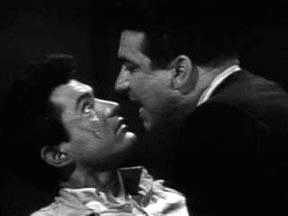
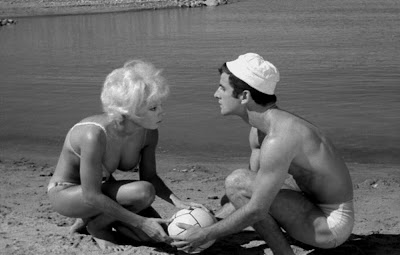

















%20(Yasujir%C3%B4%20Ozu,%201957).jpg)






.jpg)
